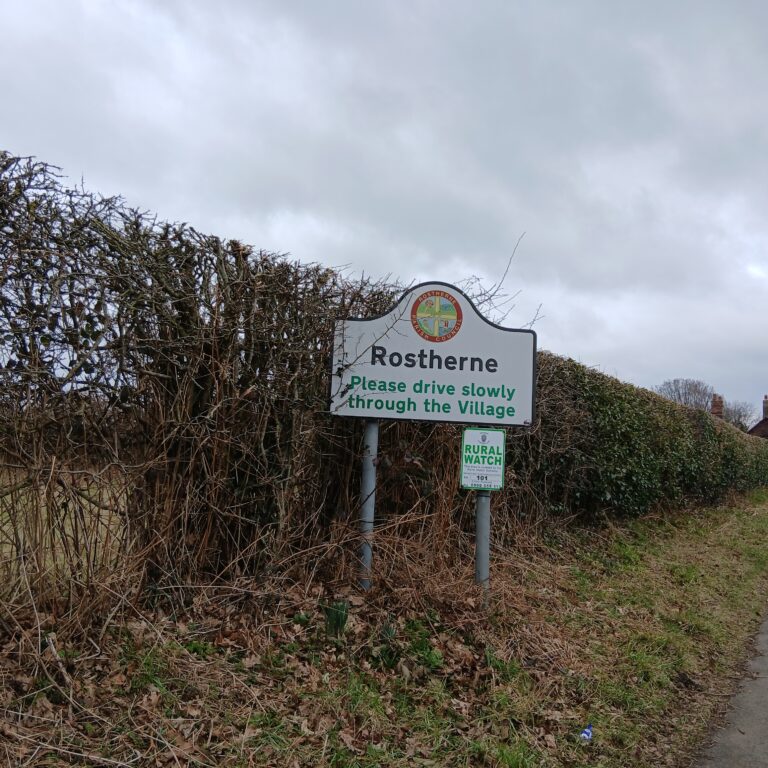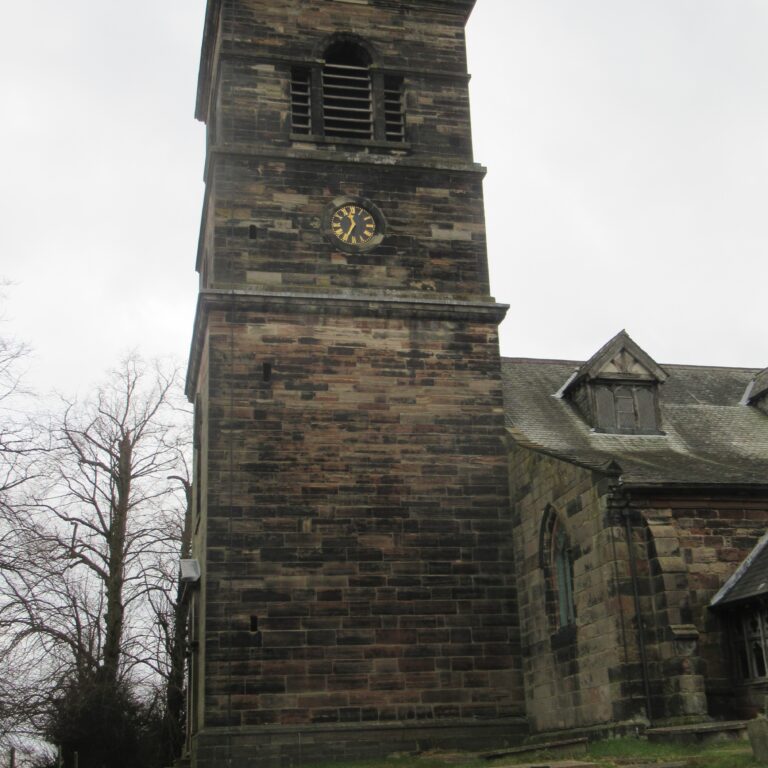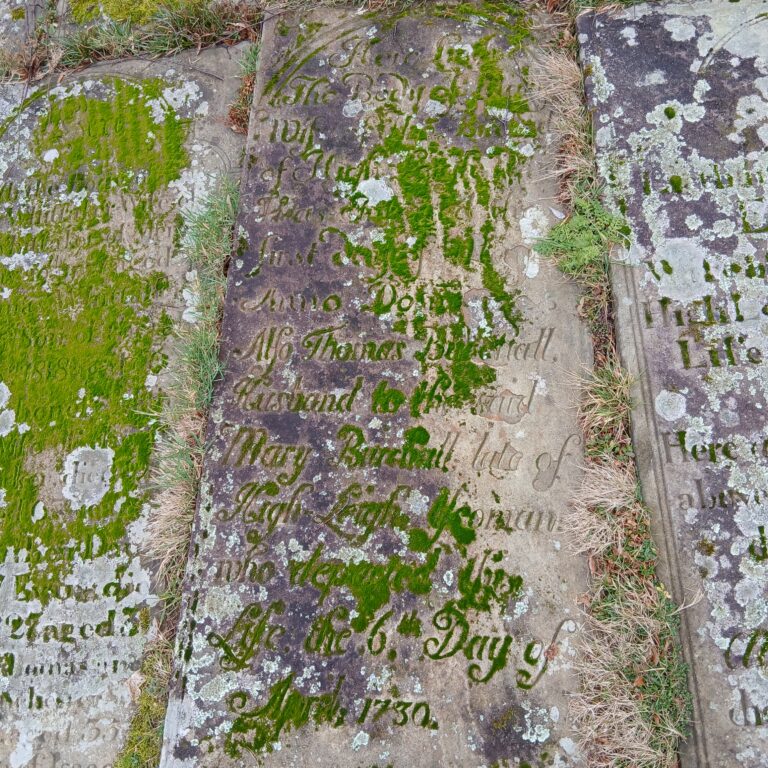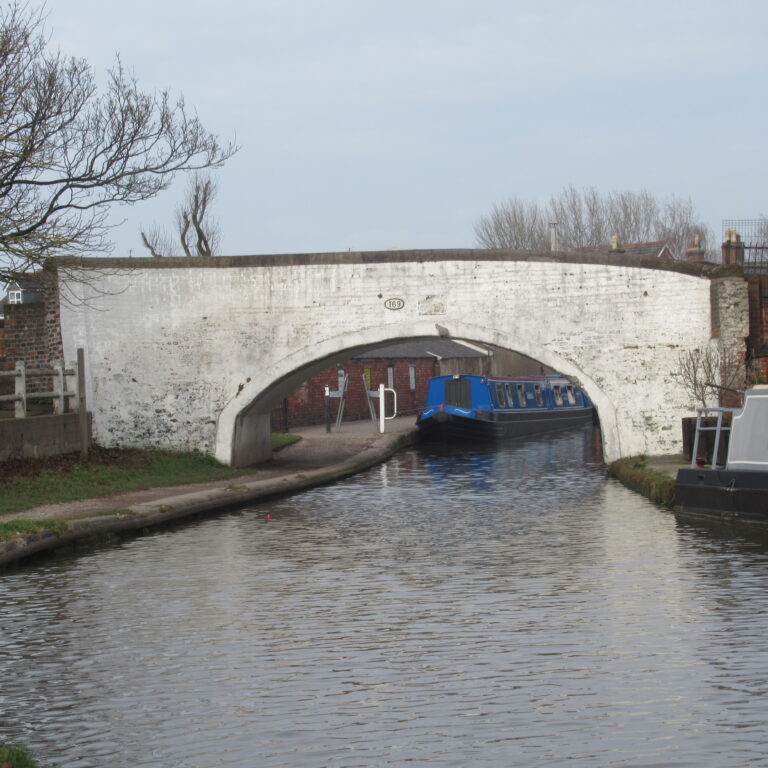People: Fynch, Lawrence
Surname
Fynch
Forename
Lawrence
Sex
Male
Parish
Eccleston, Lancashire
Marital Status
Unknown
Remarks
The Catholic martyr, Bl. John Finch, executed in 1584, was born in Eccleston and may have been a relative.
Causes
EDC 5/15/1 – defendant
All People
Directory – People
Agard, Jane
Aldersey, William
Alens, John
Allen, William (rector of Wistaston)
Andrewe, William
Aneon, Henry
ap David, Reginald
ap Ellis, Edward
Aspenhawlgh, John
Assheton, Robert (rector of Middleton and Radcliffe)
Ball, John
Bamvile, Ellen
Bamvile, Francis
Banastre, Lawrence
Banester, James
Barington, Margaret
Barker, Benedict
Barlow, John (rector of Warmingham and Malpas)
Barnes, John
Barnes, William
Barrowe, Ellen
Bate, Richard
Beetham, Margaret
Bennett, Roger (vicar of St Oswald’s, Chester)
Bent, Clement
Bold, Humphrey
Bostocke, Alice
Bowdon, Urian
Bower, Robert
Bradley, John
Bradley, Randle
Bradshaw, Peter
Brednam, Andrew
Brereton, Jane
Brereton, John
Brereton, Sir Richard
Bristowe, Elizabeth
Broster, Richard
Browne, William
Bruckefeld, Joan
Buckley, Francis
Burges, John
Bury, Ralph
Calkin, Joan
Calkin, Peter
Calveley, James
Calveley, Ralph
Carison, John
Carter, Joan
Carter, Oliver
Carter, Randle
Carter, Richard
Carver, Robert
Case, William
Catherall, John
Catherall, Katherine
Cay, Arthur
Charlton, William (rector of Bangor)
Chauntrell, Roger
Cheryngton, Joan
Chetam, Jane
Chorlton, William
Churton, Ralph
Clive, Richard
Clubb, Katherine
Coke, John
Cokkes, John
Cotton, Sir George
Cowley, Elizabeth
Cowley, Richard
Cowper, John
Crew, Richard
Croft, Isabelle
Crompton, James
Cropper, John
Crue, William
Cuverden, Thomas
Danyell, Pernell
Danyell, Robert
Darcie, Cecily
Darcie, Thomas
Davenport, Robert
Davie, Thomas
Davies, Elizabeth
Dicconson, John
Dodd, Hugh (rector of Coddington)
Done, Ralph (vicar of Over)
Downes, Roger
Dutton, Joan
Ederman, Francis
Egerton, Sir Richard
Farington, William
Fellowe, John (rector of Coddington)
Fitton, Joan
Forster, Hugh
Fulbeke, Ellen
Fulbeke, Roger
Fynch, Lawrence
Gardner, Ralph
Gillam, Hugh
Gillam, Peter
Gooddigar, William
Grastie, Joyce
Grosvenor, John
Grosvenor, Richard
Hall, Helen
Hall, Henry
Hall, Richard
Hardware, Nicholas (vicar of Weaverham)
Harper, Margaret
Harrison, Anne
Harrison, Edward
Harrison, John
Hartley, Roland
Harwood, John
Haryson, George
Haryson, Robert
Haselwall, Alice
Haselwall, Christopher
Haslingden, Thomas
Hebblethwaite, Richard
Heyton, Ralph
Hilton, William
Holden, Isabelle
Holden, Ralph
Holford, Francis
Holford, John
Holford, Katherine
Holford, Margery
Holford, Philip
Holford, Robert
Holland, Hugh
Hunt, Thomas
Hurleston, Robert
Hurmefroy, John
Huxley, Ralph
Hyde, Robert
Ireland, Richard
Ireland, Robert
Ireland, Thomas
Jackson, Anne
Jacson, Nicholas
Janeon, William
Janeon, William
Janion, Ralph
Jenson, John
Johnson, Adam
Johnson, Elizabeth
Johnson, Giles
Johnson, Katherine
Jones, Anne
Jones, Thomas
Keir, William
Kinsey, Agnes
Kinsey, Edmund
Knottisford, Ellen
Langton, Sir Thomas
Layton, John
Leche, Margaret
Leche, Ralph
Ledsam, John
Ledsam, William
Lee, Thomas
Legh, Elizabeth of Ridge
Legh, John of Ridge
Leighe, Katherine
Lether, Ellen
Levar, Adam
Levar, Elizabeth
Lever, Alexander
Lever, Elizabeth
Lever, Roger
Lightfoot, Gilbert
Lloyd Matthew, David
Lord, Margery
Maisterson, John
Massey, Richard
Massie, Alice
Massie, Nicholas
Maynwaring, Margaret
Maynwaring, Peter
Maynwaring, Robert
Meycock, Elizabeth
Minshull, John
Momforde, Katherine
Morgell, John
Moseley, John
Moseley, Katherine
Mountford, David
Nutter, John
Ogle, Edward
Orrell, Anne
Orrell, Piers
Palen, Margaret
Par, John
Parr, Richard
Penne, John
Powell, Margery
Pyllyn, William
Radcliffe, Margery
Ratcliffe, Robert
Renshaye, William
Richardson, Thomas
Ridinges, Robert
Rishton, Roger
Rogerson, Hugh
Rolanson, Hugh
Rosbothom, Agnes
Scariot, Alice
Sefton, Francis
Sefton, Margaret
Segar, John
Shae, Elizabeth
Shalcrosse, Ralph
Shepherd, Jane
Shepherd, Richard
Sherley, Richard
Sherween, John
Sherween, Nicholas
Smith, Elizabeth
Smith, Ellen
Smith, Oliver
Smith, Rose
Smyth, Elizabeth
Smyth, Giles
Smyth, Richard (rector of Bury)
Snape, Henry
Sompnor, Richard
Stanley, Edward (third earl of Derby)
Stanley, Elizabeth
Stapultun, Elizabeth
Stapultun, Thomas
Stiles, William
Strete, Thomas
Sutton, William
Tetlowe, Thomas
Thornycrofte, Margery
Traves, Elizabeth
Tyldesley, Alice
Urmeston, Ellen
Valentine, Thomas
Vawdrey, John
Vawdrey, Richard
Vawdrey, Robert
Venables, Ralph
Walker, Edward
Walmysley, Roger (junior)
Walmysley, Roger (senior)
Walton, Joan
Wawayne, Agnes
Wawayne, Ralph
Webb, Richard
White, Robert
Williamson, Thomas
Wilson, Elizabeth
Wilson, Thomas
Winstanley, Edmund
Worsley, Otwell
Worsley, Sir Robert
Worth, Jasper
Wrenhalle, George
Wright, Katherine
Wright, Richard
Wright, Thomas
Yardley, John
Yardley, John
Young, Robert
































